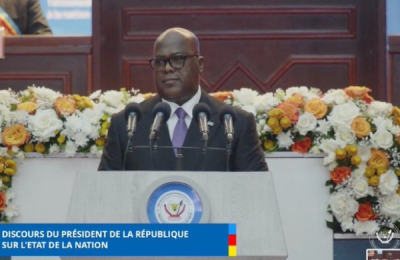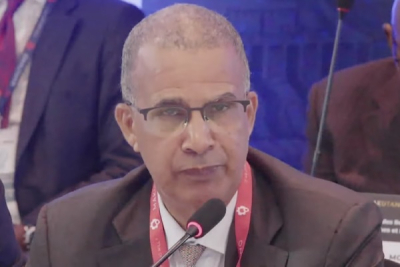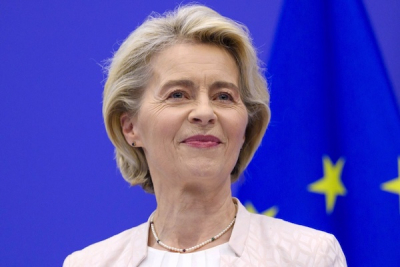Ivanhoe Mines has lowered its 2025 copper production forecast for the Kamoa-Kakula project to between 370,000 and 420,000 tonnes, following a seismic incident in May that temporarily halted underground operations at the Kakula mine. The updated estimate was released in a company note dated June 11.
The new projection marks a nearly 30% reduction from the company’s initial guidance of 520,000 to 580,000 tonnes. Even the upper limit of the revised forecast falls short of 2024’s output of 437,061 tonnes—representing a 4% year-on-year decline.
While operations have resumed in the western wing of the Kakula mine, concentrators 1 and 2 are still running at just 50% of their combined processing capacity. Only the Kamoa mine and concentrator 3 remain fully operational.
The revised outlook undercuts Ivanhoe’s previous trajectory for the project, which had seen a 12% production increase in 2024. The company has also withdrawn its 2026 target of reaching 600,000 tonnes, citing the need for a broader operational reassessment.
Ivanhoe said restart efforts are underway in the eastern section of Kakula, but warned that the situation remains unstable. The company emphasized that it is still too early to "predict precisely the potential disruption caused by unexpected new seismic activity, the integrity of underground infrastructure, the ability to accelerate operations, the completion of dewatering work or the time required to access new mining areas".
The Kamoa-Kakula project is jointly owned by Ivanhoe Mines and Zijin Mining (each holding 39.6%), with the Congolese state retaining a 20% stake. The project remains one of the largest copper developments on the continent, but the recent incident has cast uncertainty over its near-term performance.
This article was initially published in French by Pierre Mukoko (Ecofin Agency)
Edited in English by Ola Schad Akinocho










